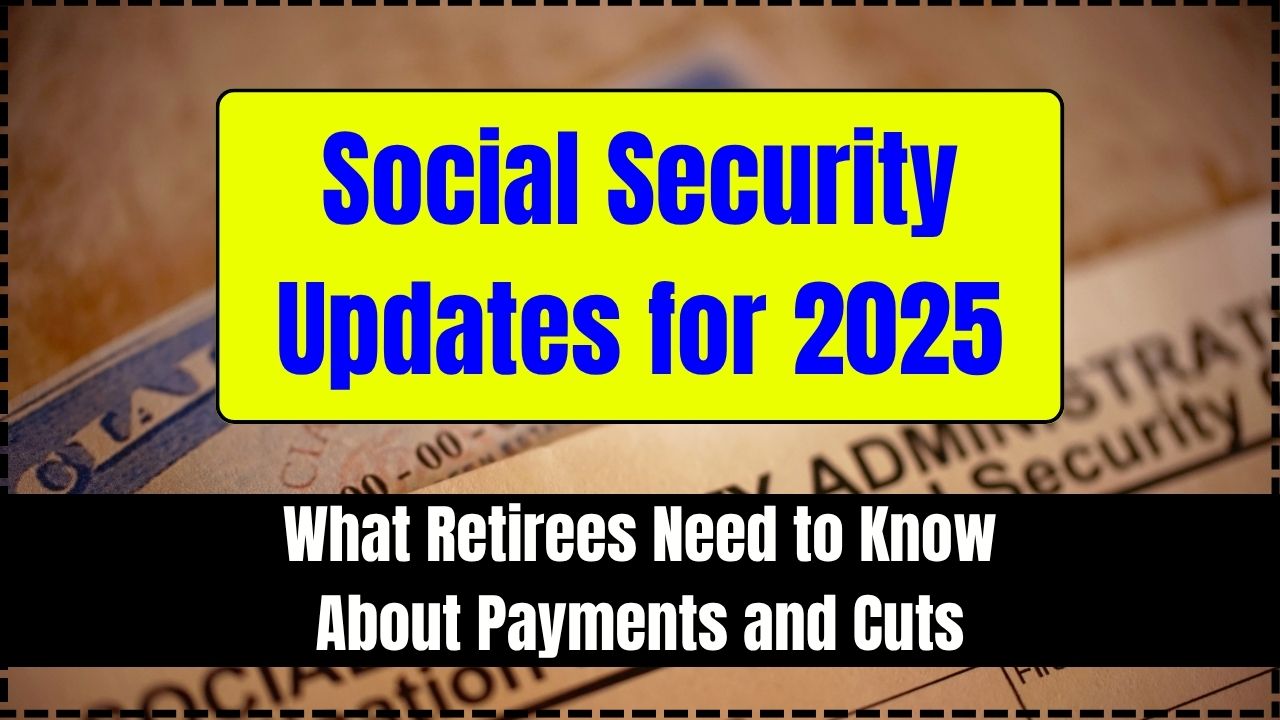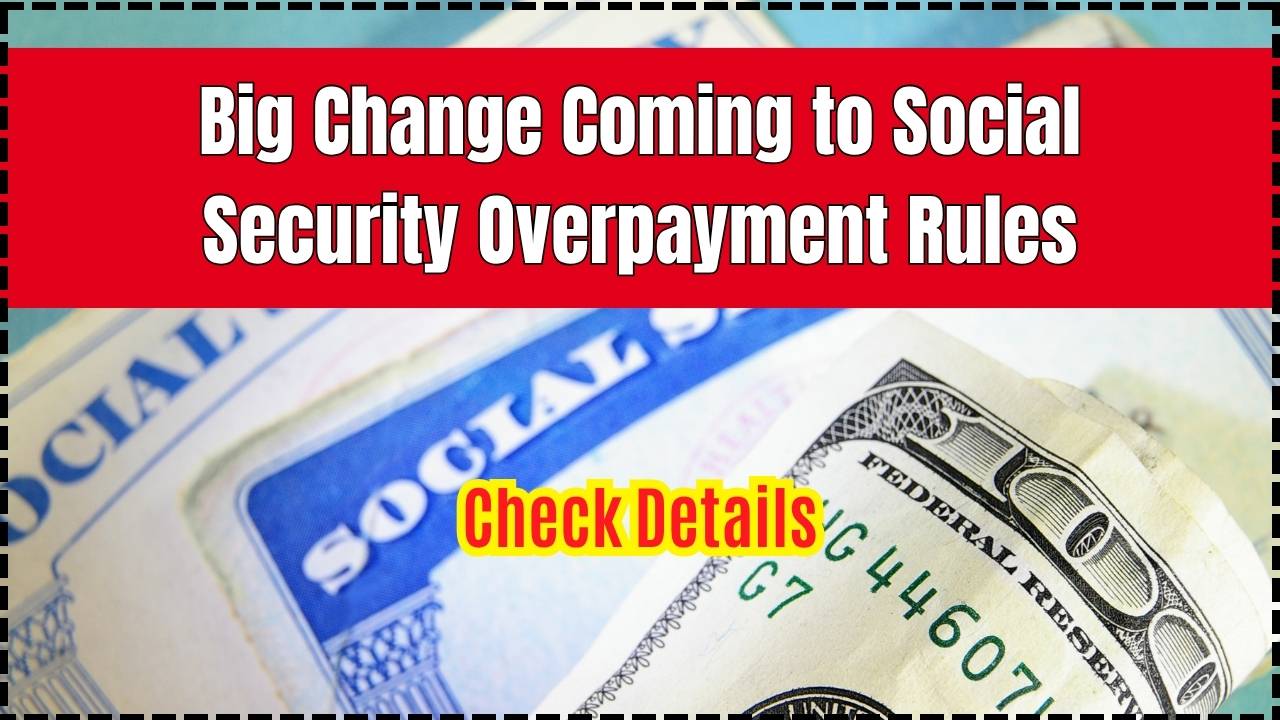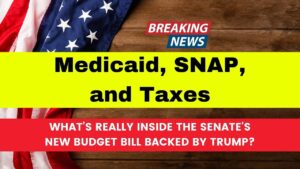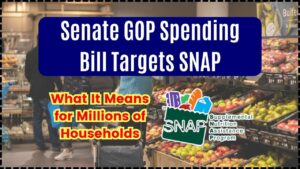One Big Beautiful Bill Act Explained: The One Big Beautiful Bill Act (OBBBA) is shaking up conversations from Capitol Hill to Main Street. Passed by the U.S. House of Representatives in 2025, this massive piece of legislation aims to reshape America’s tax code, social programs, national security priorities, and even how we govern artificial intelligence (AI). Let’s break it down in plain English, with a friendly tone and a touch of down-home wisdom, so everyone from a 10-year-old to a seasoned pro can get it.
One Big Beautiful Bill Act Explained
The One Big Beautiful Bill Act is a bold, controversial plan that could reshape America’s tax, welfare, defense, and technology landscape. Supporters hail it as a boon for economic growth and national security, while critics warn of deep social costs and reduced checks on power. As it moves through the Senate and faces public scrutiny, it’s clear this bill will remain front-page news for months to come.
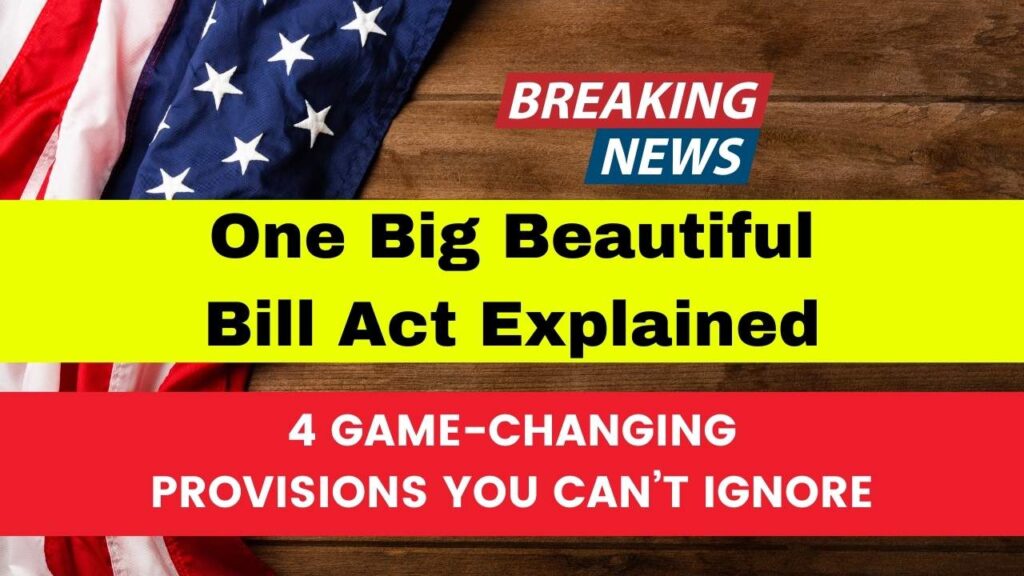
| Provision | Details |
|---|---|
| Tax Reforms | Permanent extension of 2017 tax cuts; tax exemptions on tips, overtime, and auto loan interest; increase in Child Tax Credit to $2,500; creation of $1,000 “Trump Savings Accounts” for newborns |
| Social Program Cuts | $1 trillion in cuts to Medicaid and SNAP; stricter work requirements and eligibility checks; potential loss of coverage for millions |
| Defense and Border Security | $70 billion for border security improvements; $150 billion increase in defense spending; aim to deport up to 1 million individuals annually |
| AI Regulation Moratorium | 10-year ban on state AI regulations; federal control over AI governance |
A Quick Backstory: Why This One Big Beautiful Bill Act?
The OBBBA isn’t just a random idea—it’s part of a broader push by conservative lawmakers and the Trump administration to cement major policy changes. Think of it as a big political flex, aimed at locking in tax reforms from 2017, cutting government spending, and strengthening border security. There’s also a strong desire to centralize power over emerging technologies like AI, likely to keep a lid on state-by-state regulations that could create a patchwork nightmare for businesses.
The bill’s backers say it’s about “making America strong, free, and prosperous”. Critics argue it’s more about consolidating power and shifting burdens onto the most vulnerable populations.
1. Tax Reforms: Relief or Red Flag?
This bill extends the 2017 tax cuts permanently, which means lower corporate tax rates and reduced individual tax rates for many. It eliminates taxes on tips, overtime pay, and interest on U.S.-assembled auto loans—great news for waitstaff, blue-collar workers, and car buyers.
The Child Tax Credit jumps to $2,500 per kid, and seniors earning under $75,000 (single) or $150,000 (married) get an extra $4,000 standard deduction. The new “Trump Savings Accounts”—$1,000 for every newborn between 2024-2028—sound sweet, but some experts wonder if they’ll really move the needle on long-term savings.
Example: A waitress working double shifts will now keep more of her tips, and a middle-class family could see an extra $1,000+ at tax time.
2. Social Program Cuts: The Double-Edged Sword
Here’s where it gets thorny. To pay for tax breaks, the bill proposes slashing Medicaid and SNAP (food stamps) by over $1 trillion. That means tougher work requirements, strict eligibility checks, and reduced benefits, especially for low-income families, seniors, and people with disabilities.
There’s also a crackdown on Pell Grants for students, shifting more of the financial burden to colleges and universities. Critics, like advocacy groups and health organizations, warn that these cuts could leave millions without healthcare or basic nutrition support.
Example: A single mom working part-time and relying on SNAP could see her benefits shrink, while her Medicaid eligibility gets questioned.
3. Border Security and Defense: Big Bucks for Big Walls
National security is front and center in this bill. $70 billion is earmarked for border security, which includes constructing new barriers, beefing up surveillance, and hiring more border agents. There’s an ambitious plan to deport up to 1 million undocumented immigrants annually.
On the military side, $150 billion is allocated for defense upgrades, including futuristic missile defense systems dubbed the “Golden Dome.”
Expert Insight: National security analysts say this could bolster defense capabilities, but civil rights groups argue it risks overreach and humanitarian crises.
4. AI Regulation: Putting the Brakes on State Laws
The bill imposes a 10-year ban on state-level AI regulations, centralizing control with the federal government. Proponents say this avoids a messy web of state laws and gives businesses clear rules. Critics warn it could stall innovation and make it harder to combat election misinformation and algorithmic bias.
Real-World Impact: Tech companies might breathe easier, but watchdogs fear this leaves voters vulnerable to AI-driven manipulation.
What This Means for You
- Small business owners could see tax relief but may face hiring challenges if workers lose healthcare or support.
- Seniors and middle-income families get targeted tax perks but might be hit if social programs shrink.
- Students might find college more expensive with Pell Grant cuts.
- Tech firms could expand under relaxed AI rules, but states lose regulatory power.
Legal and Political Implications
The OBBBA isn’t law yet—it’s headed to the Senate, where debates, amendments, and potential filibusters loom. Legal challenges are expected, especially around Medicaid cuts and the AI moratorium. Civil rights groups and states’ attorneys general may mount lawsuits if passed.
GOP Tax Bill Contains a Quiet Threat to Federal Workers; Could This Be the End of the Civil Service?
Double Social Security Checks in May? Here’s Why You’re Getting Paid Twice
2026 Retirement Payment Could Rise — Check How Much Your Check May Increase!
FAQs
Q1: How does this affect me if I’m a middle-class worker?
You might benefit from higher take-home pay thanks to tax cuts and exemptions on tips and overtime.
Q2: Will this impact healthcare?
Yes. If you rely on Medicaid, you could face stricter rules and possible loss of coverage.
Q3: How does this bill impact small businesses?
Tax breaks could help, but if employees lose benefits or can’t afford college, that might hurt hiring.
Q4: What’s the timeline?
The bill passed the House and now heads to the Senate. It could become law in late 2025 if approved.
Q5: Where can I read the official text?
Visit Congress.gov for the full legislative text.


